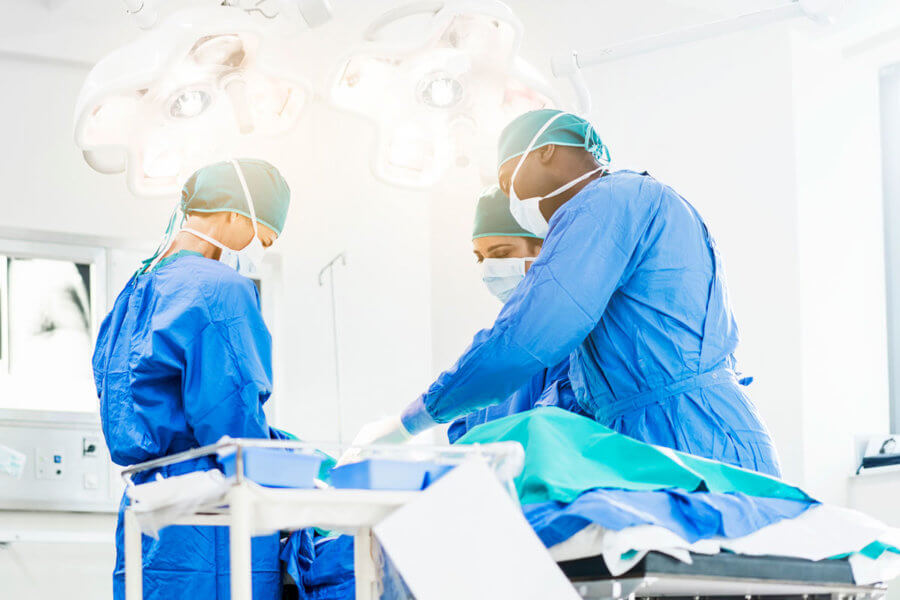
Having weathered the onslaught of COVID-19 on the front line of a busy New York City hospital, Dr. James M. Horowitz is more convinced than ever that single-use endoscopes will be the norm before long.
“My belief is that everyone will use disposable everything soon,” he said in a recent webinar entitled COVID-19 at NYU: Real-Life Experiences, hosted by Ambu Inc. “Once you start using them, it’s just so much easier, so much better.”
Fear and distrust permeated those early weeks fighting the virus, he told webinar attendees in a conversation moderated by Dr. Oren Friedman, the associate director of cardiac surgery in the Smidt Heart Institute intensive care unit at Cedars-Sinai Medical Center. Doctors and staff slept in nearby hotels to protect their families from infection as patients poured into the hospital, filling an entire new floor the same day one would open.
In those uncertain days, bronchoscopies and other aerosolizing procedures came to a screeching halt to prevent disease spread to healthcare workers.
“Bronching 100 percent disappeared,” said Horowitz, who is medical director of NYU’s Cardiac Care Unit and a clinical assistant professor at NYU Langone Medical Center. “We didn’t know how dangerous it was to be in the room.”
As the weeks stretched on, Horowitz worked to save patients who were coughing severely, struggling to breathe through clogged airways – and often dying. He knew something had to change.
“There were so many patients coming in so fast,” he said. “I decided I can do fundamentals.”
He and his team began performing bronchoscopies again using almost exclusively Ambu scopes. The quick setup and deployment made single-use an effective tool, and the technology in single-use scopes is improving all the time. One example of that is high-definition monitor technology.
Horowitz’s team was meticulous about personal protective equipment (PPE) during those procedures. They cleaned and reused masks and sometimes had to wear expired N-95s. Staffers also monitored one another to make sure they donned and doffed their PPE correctly. That extra care paid off.
“No one on any of our bronch teams got sick,” Horowitz said.
Click here for a replay of the webinar.


